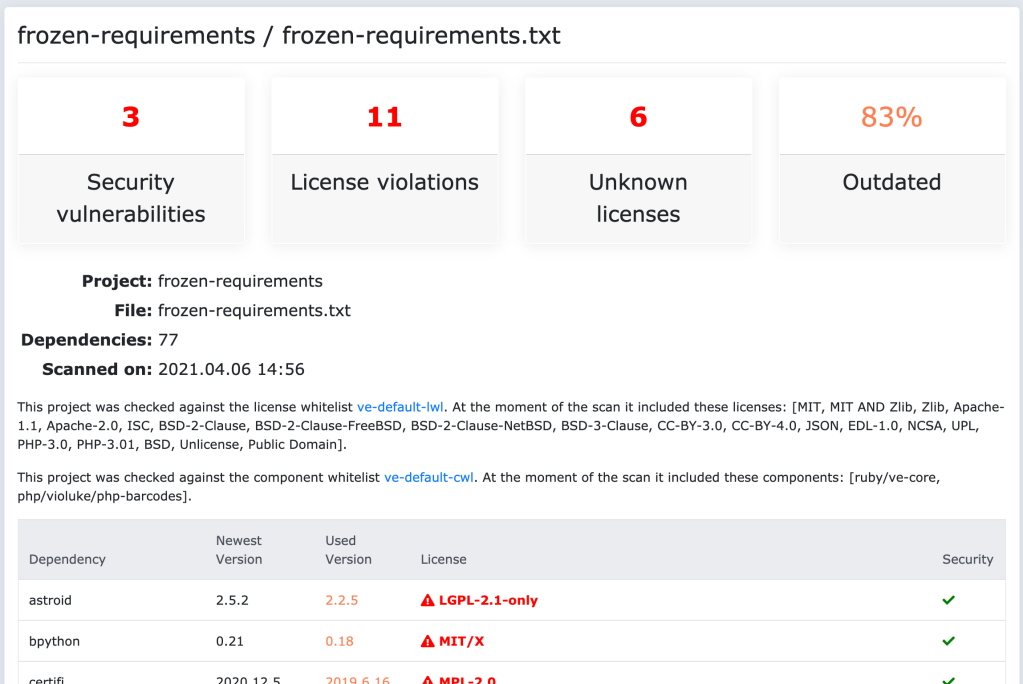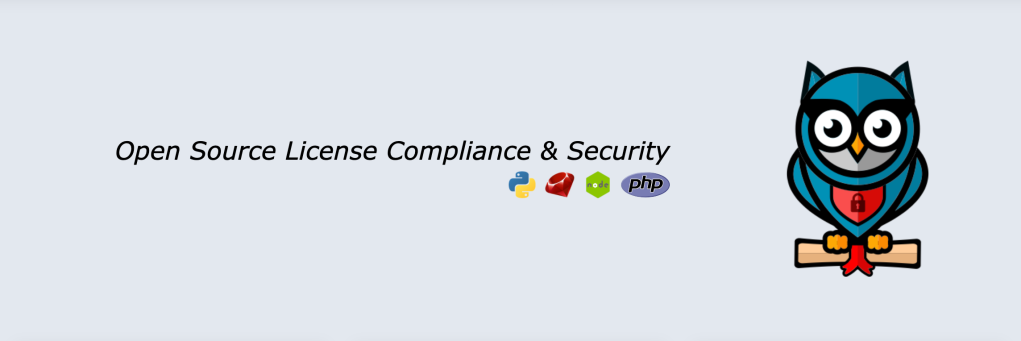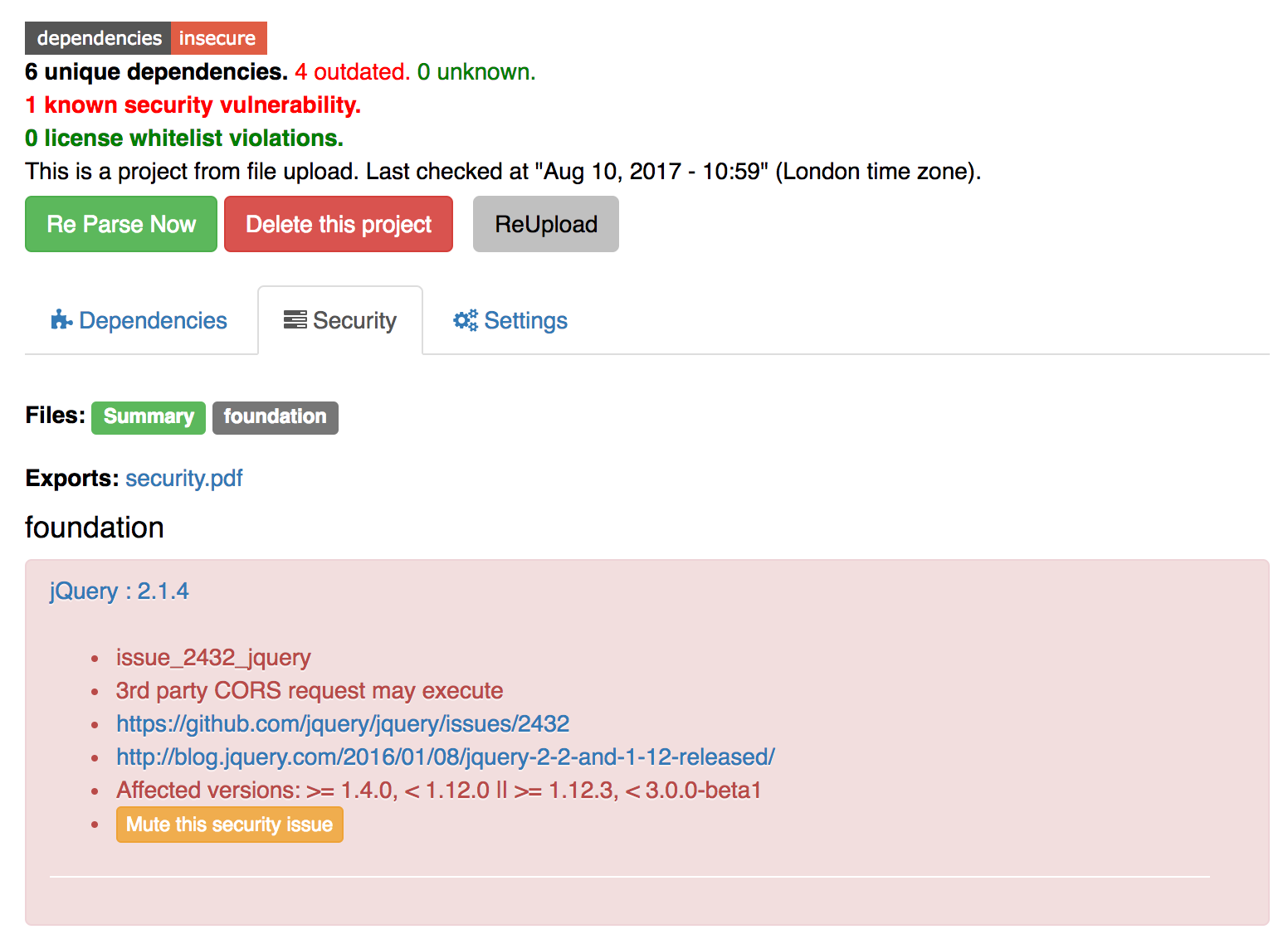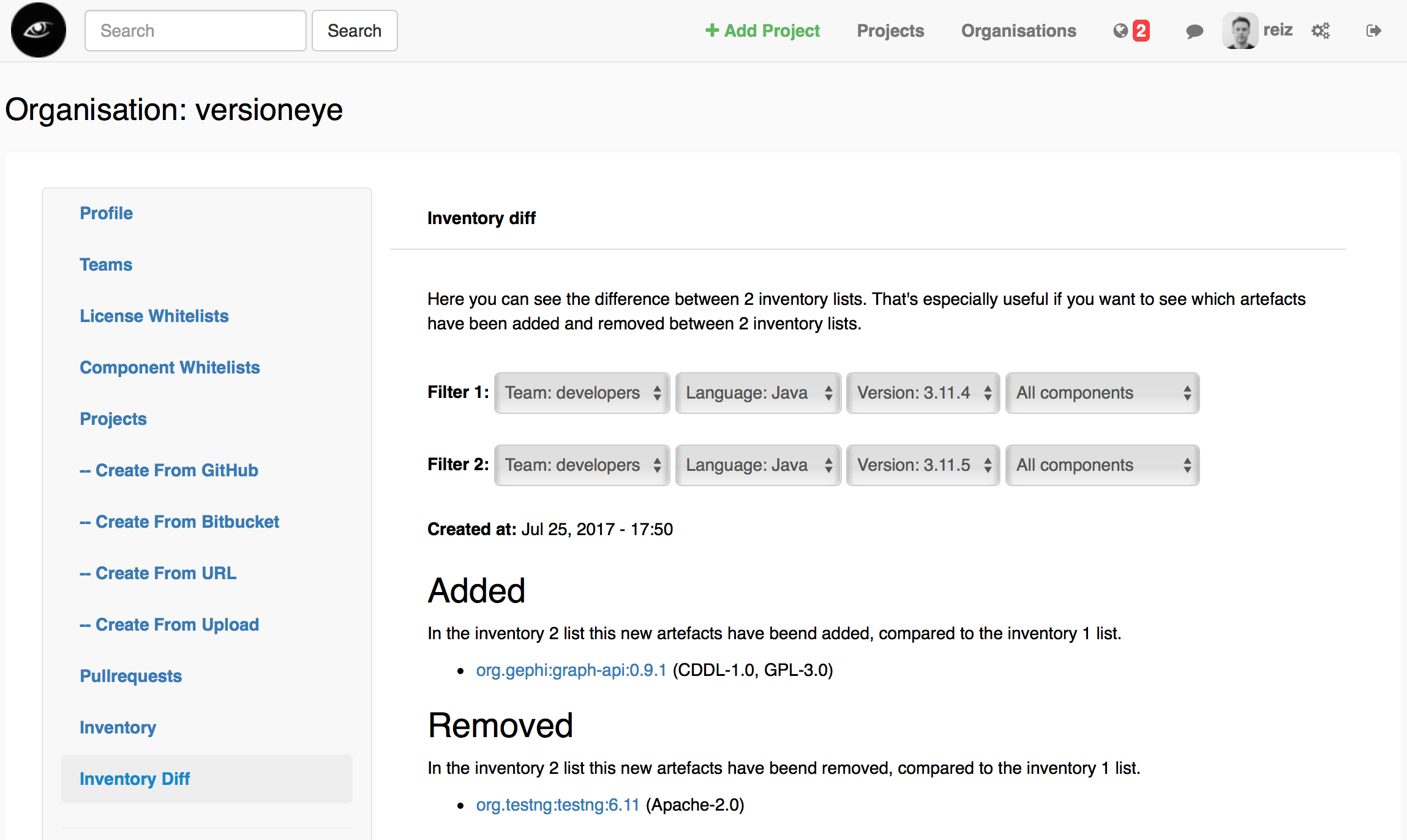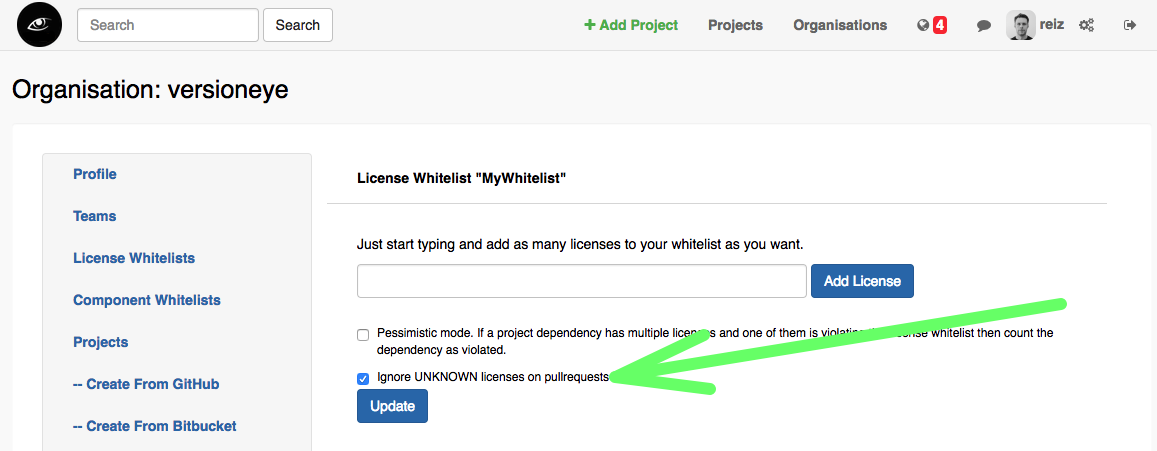Exactly one week ago on Thursday, I published the blog post about the “VersionEye Sunset Process.” The blog post went viral on Twitter, Facebook, and LinkedIn, and I received a couple hundred emails and some phone calls about it. The feedback was very positive. People understand my reasons, but they are very sad that the service will disappear. It was not an easy decision for me to do this. I had been thinking about this step for a couple months, and now I’m happy that I took it. It’s like a heavy burden has lifted.
Since that Thursday, I’ve received a bunch of job offers. Pretty much every bigger VersionEye customer offered me a position. They would like to hire me so that I can maintain the VersionEye software in house for them. But, as I wrote in my post, after six years I feel like I’m done with that chapter — and ready for something new. The same way Quentin Tarantino switches genres with every new movie he makes, I like to switch tech genres every couple of years. I want to move out of my comfort zone and work on something different, unrelated to VersionEye.
The software behind VersionEye is 100% open source, and it can be used in production even after the sunset process. Right now, I’m working closely with my enterprise customers to set up the VersionEye crawlers on their infrastructure so they can use it even next year and beyond. The learnings from this process will be documented, and I will write a separate article about how to run the VersionEye crawlers in house.
Most people wished me all the best for the future, and they asked me what my next venture will be. They assume I’ll directly kick off my next start-up thing. But I decided to go in a different direction. After six years of VersionEye, I still haven’t lost my entrepreneurial spirit, but, for the next years, I want something more stable. I received job offers from many well-known and large organizations. But one of them stood out, because it will allow me to use my entrepreneurial spirit inside of a very fast-growing and innovative company.
In November, I will join LivePerson as R&D group lead at the new Advanced Technology Center in Mannheim, Germany!
The Mission
We rarely use our smartphones to make phone calls. Calling is so old school! My parents used to place phone calls because they didn’t have apps 40 years ago. Nowadays our smartphones are mostly used for messaging. People talk via WhatsApp, Facebook Messenger, Threema, Twitter, Instagram, WeChat, and other messaging apps — so why isn’t customer support done via messaging?
Last time I had to call the hotline of my phone provider, I had to wait for 20 minutes in a queue. For 20 minutes, I had to hold my phone and couldn’t focus on anything else. For 20 minutes, I was blocked.
Why not replace that stupid hotline with messaging? The big advantage is that it’s asynchronous. After sending a message, I can turn to something else. I don’t need to respond immediately. I can choose to answer a bit later, maybe after I’ve finished another task.
And besides being more convenient for the customer, it makes call centers much more effective. A call center employee can handle only one phone call at a time, but the same employee can handle up to five messaging conversations concurrently because they’re asynchronous. So, that same call center employee can handle up to five times more customers through a messaging system. Call center productivity can be even further improved by combining chatbots with real humans.
LivePerson transforms customer care from voice calls to mobile messaging. I strongly believe in this mission and will be part of the solution 🙂
What will I do at LivePerson?
That’s where the entrepreneurial spirit comes in again. I will be responsible for building a team inside of LivePerson around a new product. LivePerson’s messaging systems are currently extendable through an LP SDK. My team will take this to the next level. We will build an infrastructure where LivePerson customers can simply implement extensions and run code right within LivePerson’s messaging system, without the need to deal with various infrastructure elements. The customer will just be able to push the implementation to the LivePerson cloud. Execution, scaling, and security will be handled by the new infrastructure service. We will build an environment for serverless computing inside of the LivePerson cloud.
I will have the resources to build a team around this new product, and I can hire everybody I want. Some LivePerson employees in Mannheim will join my team from day one on, but it won’t be enough. That’s why I’m looking for great, talented, and motivated people to join me. If you have experience with DevOps, Docker, K8S, AWS, GCE, FaaS, infrastructure as code, Java, JavaScript, Rust and you would like to work with me on a great new product, then please get in touch. You can contact me via email or on Twitter. By the way, I value a good profile on SO and GH more than a fancy master title 😉 I’m looking forward to hear from you.
Why LivePerson
I got many job offers from many great companies. Here are the main reasons why I picked LivePerson:
- Company: It’s a company, not a start-up. The company been around since 1995 and has many big customers and 20 offices around the world. Inside of the company, there are small teams that can act like start-ups. But they don’t need to worry about money and lack of resources. The teams are getting all resources they need to achieve their goals.
- Technology: The company itself is more than two decades old, but luckily they keep educating and upgrading. LivePerson is working with modern cutting-edge technologies. The developers are working on current hardware, using modern IDEs in combination with GitHub Enterprise, and they deploy build artifacts to their Kubernetes cloud, which is running on OpenStack.
- People: LivePerson has an Advanced Technology Center (ATC) in Mannheim with about 20 experts. I had a chance to meet them, and they made a very good first impression. They are very smart people with a strong sense for team building. Each is an expert in his/her field. Some of them I’ve already known for a few years, and I totally can imagine working with them.
- Location: The R&D office in Mannheim is in the city center, directly next to “Paradeplatz.” It’s a great office in a great location. The office is just five minutes away from my apartment. I could leave my house with a hot cup of coffee and it would still be warm by the time I arrived at the office. The only downside is that it’s difficult to choose where to go for lunch. There are just too many options around 😛
Here are some pictures of the office.
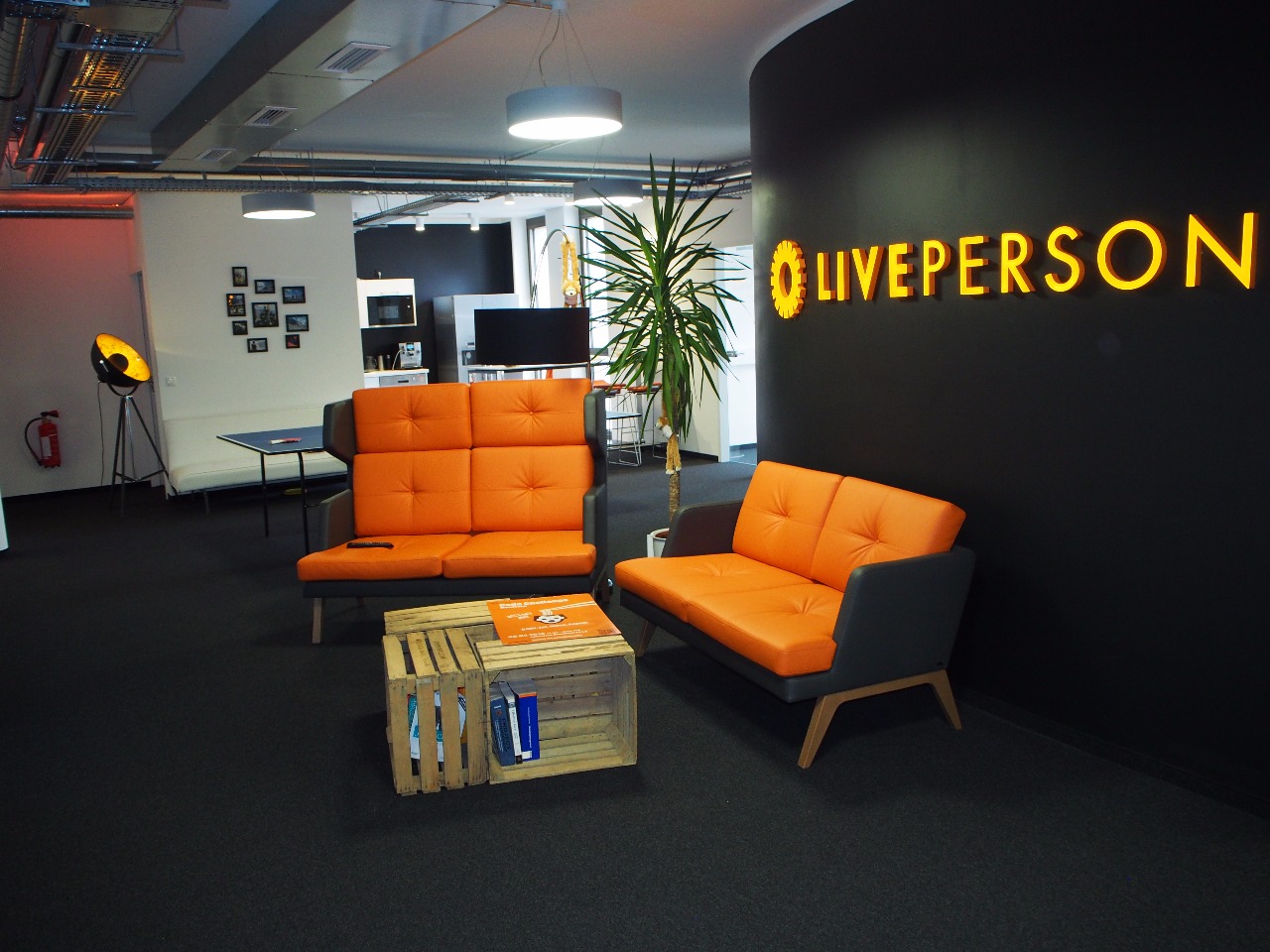




Transition
In November, I will start my journey with LivePerson. At the same time, I will work on the VersionEye sunset process. LivePerson is aware and supportive of my current situation. The rest of the year will be a transition period for me. My goal is to sunset VersionEye this year and settle into my new role at LivePerson. In 2018, my only focus at work will be LivePerson.
After six years of bootstrapping a business, I’m looking forward to working in a big company again. To have coworkers around me who work on the same product. To have a stable income and some vacation days. And I’m especially looking forward to not being responsible for everything alone.
Drop me a line.
